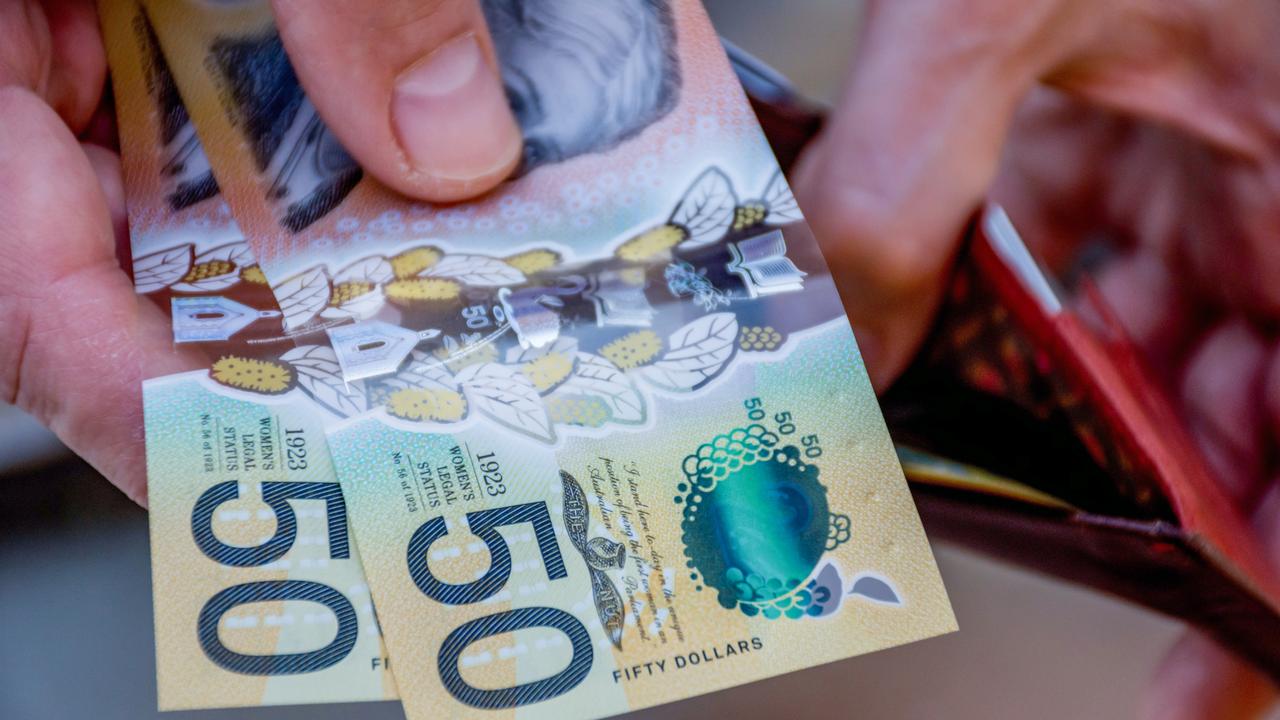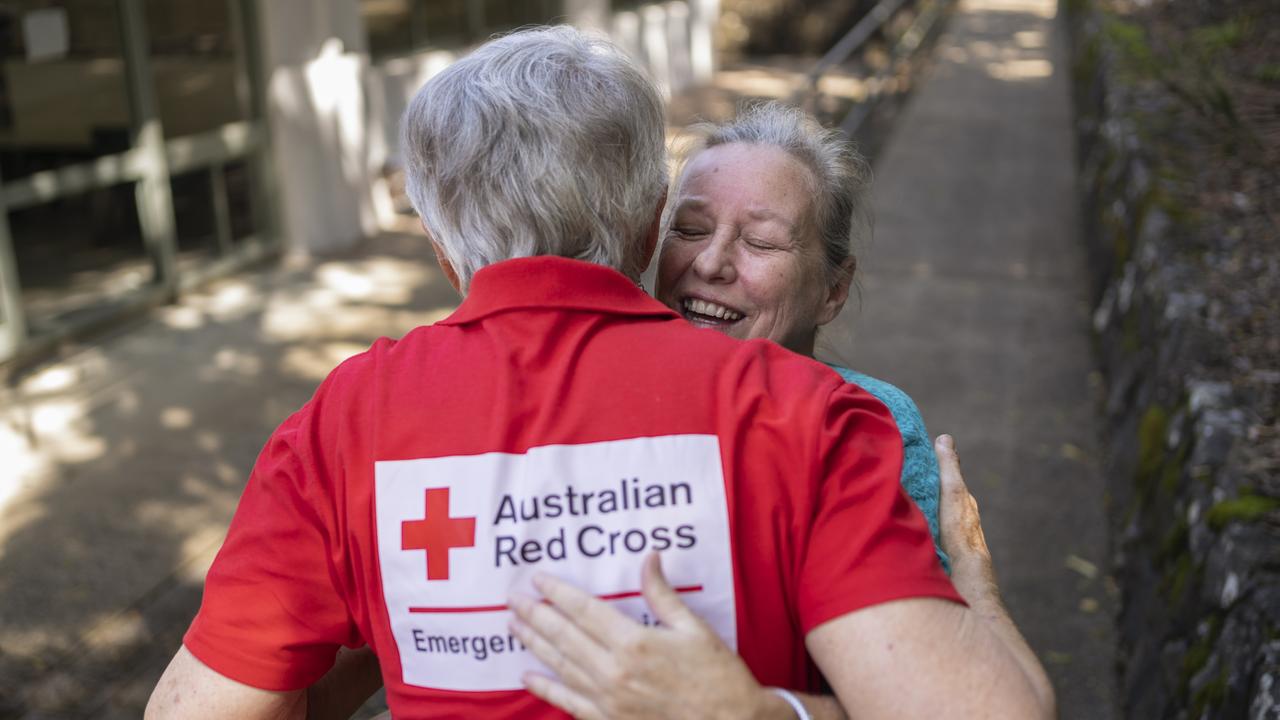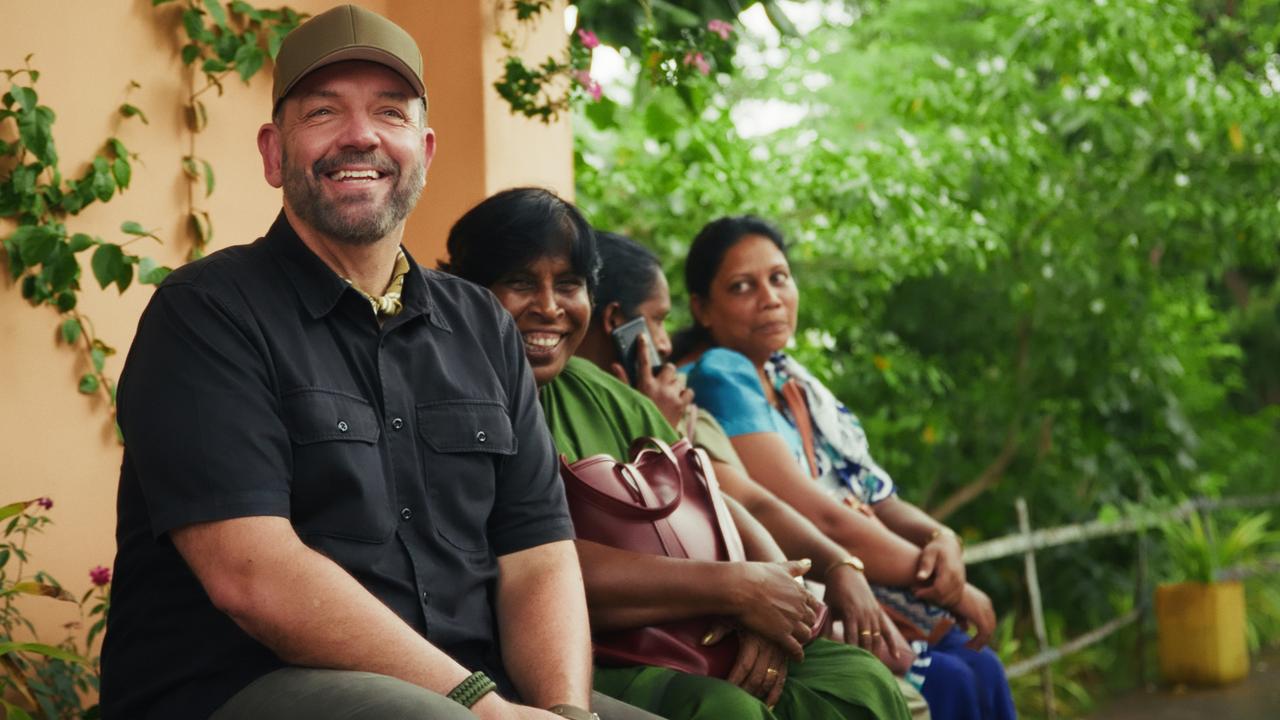Tax deductions should be a focus for donors ahead of June 30
As the $3.5 trillion Australian wealth transfer starts to shape donations to charities, donors are making these four mistakes.

Business
Don't miss out on the headlines from Business. Followed categories will be added to My News.
Charities are firing up campaigns to attract end-of-financial-year donations, but millions of generous Australians appear to miss out on the tax benefits of giving.
The latest Australian Taxation Office figures show total donations have doubled in a decade to more than $4.5bn, although the number of individuals claiming tax deductions for it has dropped 7 per cent to around 4.3 million.
Meanwhile, Australian Red Cross-commissioned research says six out of seven adults say they have given to a charity in the past year. That equates to more than 21 million people, suggesting a large majority are failing to claim deductions.
Donations over $2 are tax-deductible, and financial specialists say donors are making other costly errors too – including giving money in the wrong partner’s name or making donations that are not deductible.
And at the top end of the wealth scale, they are seeing gifting gain new relevance amid the nation’s $3.5 trillion transfer of assets from baby boomers, with some considering tax-deductible donations to help reduce the impact of Labor’s new tax on unrealised gains in superannuation.
Chartered accountant and Mr Taxman founder Adrian Raftery estimates that 30-40 per cent of charities’ annual turnover comes in June as people “as savvy charities run campaigns to encourage last-minute deductions”.
He says four common mistakes he sees from donors include:
• Trying to claim a tax deduction for a donation when they received something in return, such as a raffle ticket or dinner function.
• Having the receipt for the donation in the name of a non or low-earning spouse, who gets a smaller tax deduction benefit.
• Deliberately not claiming a deduction because they feel they shouldn’t as they are giving to charity: “I suggest they double their donation and claim it back in their tax return to keep the net outlay the same”.
“If you donate money to a disaster victim via a crowd-funding platform but they are not registered as a deductible gift recipient then unfortunately you are not entitled to a tax deduction for your good deed,” says Dr Raftery, who has been involved with the Bears of Hope charity – which supports families who experience the loss of their baby – for 16 years.
“Have all passive deductions, such as charitable donations, in the higher-earning spouse’s name as they may get a return of up to 47 per cent, depending on their income level.
“If you made a sizeable windfall gain during the year then consider establishing your own private ancillary fund and make a tax-deductible donation to reduce any potential tax bill.”
These funds have grown rapidly in the past two decades and now hold more than $14bn, Dr Raftery says.

Australian Philanthropic Services head of accounting Rachael Rofe says this type of structured giving is not just for the ultra-wealthy, as someone with as little as $20,000 can start a sub-fund within a Public Ancillary Fund.
“Gifting has renewed relevance – not only for those navigating large liquidity events and associated tax liabilities, but also for those anticipating the impact of Division 296,” she says.
“For the 80,000 Australians with super balances above $3 million, withdrawing and gifting part of that balance may help reduce exposure to the proposed 30 per cent earnings tax.”
Ms Rofe says the “largest intergenerational wealth transfer in history” is under way and changing traditional inheritances, which are coming earlier as some parents want to pass on values as well as assets.
William Buck business advisory partner Lee Fuller says end-of-financial-year donating is a popular strategy and “charities are increasingly becoming aware of this”.
“Some clients are increasing charitable donations or considering doing so in reaction to the proposed tax on superannuation balances above $3 million,” Mr Fuller says.
Others with established wealth are choosing to give now rather than leave it in their will, he says.
Mr Fuller says the most common error he sees is people not checking a charity. “Tax deductions can only be claimed on donations if the recipient is a deductible gift recipient. This information is readily available to taxpayers on the Australian Business Register.”
World Vision Australia CEO Daniel Wordsworth says every dollar donated before June 30 can reduce taxable income “so you’re helping others while also being strategic with your money”.
He says charities campaign for donations in June “because it works”, and are also targeting the baby boomer wealth shift.
“It’s becoming a major focus of our fundraising efforts, as this massive generational transfer of wealth takes place.”

Mr Wordsworth says World Vision has an online tax donation calculator to help people see how much they can claim and how far their donation can go.
Australian Red Cross director of response and recovery Nichola Krey says its recent research found that Australians are generous.
“Six out of seven Aussies have given to charities in the last 12 months, but only a third of people claim it as part of their tax,” she says.
“Please make sure you claim it on your tax because it will reduce your overall tax payment and increase your refund.
“Keep your receipts. You can claim donations up to $10 without a receipt, but other than that you need to make sure that you get a receipt.”
Ms Krey says early signs suggest the wealth transfer is shaping giving behaviours. “There’s a particular rise in the interest of gifts in wills,” she says.
“Young people are starting now to inherit family wealth, and are bringing a fresh perspective to giving. They’re very forward-thinking and believe in the causes they are giving to.”
More Coverage
Originally published as Tax deductions should be a focus for donors ahead of June 30









